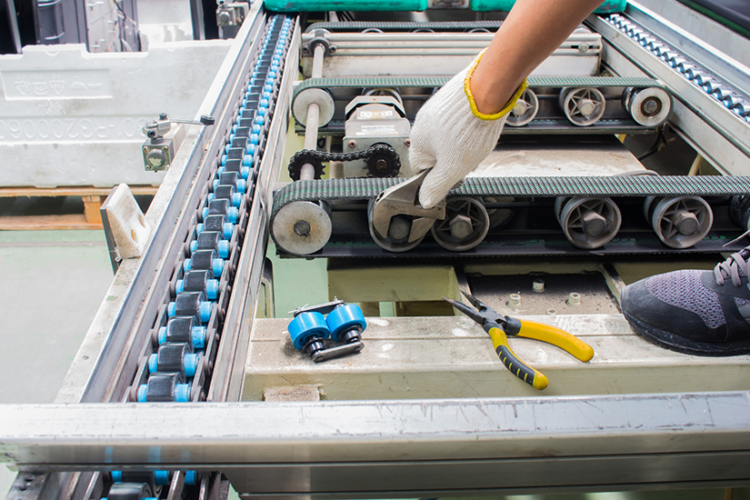Time and money can be very expensive when it comes to equipment maintenance. How is it possible to maintain competition and generate a return on investment (ROI)? Here, we briefly go over the administrative tactics and technological developments used to reduce equipment and maintenance downtime.
The market for maintenance, repair, and operations is anticipated to be worth $701.3 billion by 2026. This high cost in industrial settings is caused by a number of factors. Outdated resources are the main cause of unplanned downtime. Unscheduled equipment downtime, according to maintenance experts, can be caused by mechanical failure, operator error, a lack of adequate maintenance time, and poor design.
Using parts that require little to no maintenance is a great way to save maintenance costs. One illustration is clamp-on ultrasonic meters. These meters are used in a variety of scenarios, including the water distribution industry, as they don’t have any moving elements that can deteriorate with time. They are designed to require very little if any, maintenance.
Creating a comprehensive preventive maintenance (PM) policy is another way to boost ROI. In fact, 76{6092bf85bb027f8192371ba1511a1e08c625facb91a9a7882360247e9bb6f9cf} of industrial enterprises ranked preventive maintenance as their top priority for 2020. This tactic aims to identify potential problems and address them before they have a chance to materialize. PM thereby helps to decrease downtime, increase equipment life, and increase resale value. But the total cost of ownership of the asset depends on the kind of machinery.
Predictive maintenance also uses analytical technologies. Studies show that 41{6092bf85bb027f8192371ba1511a1e08c625facb91a9a7882360247e9bb6f9cf} of industrial organizations already employ this strategy. Predictive maintenance is reportedly very cost-effective despite being expensive and new. When compared to preventive maintenance, it can save between 8 and 11{6092bf85bb027f8192371ba1511a1e08c625facb91a9a7882360247e9bb6f9cf}, according to the US Department of Energy. Additionally, according to specialists, the global market for predictive maintenance will reach $23.5 billion by 2024.
Predictive maintenance (PdM) is what. Using specialized software, artificial intelligence, and sensors, PdM assesses the health of in-service assets and offers data in real-time. It is possible to forecast when the asset needs maintenance by evaluating this data. By only taking action when necessary, this strategy seeks to potentially reduce expenses when compared to routine or time-based preventative maintenance.
Managing maintenance is a difficult task. However, it is possible to increase the lifespan and performance of commonplace equipment by integrating new technologies, upgrading to low- to no-maintenance components, and using the right tools for the job.
Consult the supplemental material for more details on maintenance and practical fixes.

